Investment Fundamentals Posted on August 21, 2019

Snapshot
-
Cash, fixed interest, property and shares are the four main asset classes.
-
Defensive investments include cash and fixed interest.
-
Growth investments include property, shares and alternatives.
-
Generally the higher the return, the higher the risk.
-
Diversifying your portfolio and investing over the long term can help reduce this risk.
Understanding asset classes
Most investments fit into one of four main categories or asset classes:
-
Cash
Cash includes money in bank accounts, as well as investments in bank bills and similar securities and some short term (up to 12 months) term deposits. Cash investments provide stable, low-risk income in the form of regular interest payments.
Time horizon: short term -
Fixed interest
Fixed interest investments include term deposits, debentures, mortgages, and government and corporate bonds. The income return is usually in the form of regular interest payments for an agreed period of time. For fixed interest investments that are tradable (e.g. bonds), there is the potential for capital growth or decline depending on interest rate movements.
Time horizon: one to three years -
Property
You can invest in property directly (e.g. when you buy a house or commercial premises such as a shop or office) or indirectly (e.g. by purchasing units in a property trust that is listed on a stock exchange). This asset class includes residential, commercial, retail, hotel and industrial property.
Time horizon: three to five years (medium) -
Shares
A share represents part ownership of a company. Shares are generally bought and sold on a stock exchange. Returns usually include capital growth as well as income from dividends. You can choose to invest in Australian shares, global shares or a mix of both.
Time horizon: five to seven years (long term)
Defensive vs growth investments
The main asset class can be separated into two broad groups – defensive and growth investments.
Cash and fixed interest
Defensive investments, such as cash and fixed interest aim to provide investors with regular income at relatively low risk. They generally experience only slight fluctuations in investment returns and values over short periods. The downside of this security is that defensive investments do not usually grow in capital value and returns are generally lower than those of growth investments over the medium to long term.
Property and shares
Property and shares are usually classified as growth investments. As well as income, growth investments aim to increase the value of the capital invested. While investment returns are expected to fluctuate over the short term with market movements and economic changes, growth investments have the potential to produce higher returns than defensive investments over the long term.
Alternatives
Alternatives assets fall outside the four traditional asset classes and include commodities (e.g. precious metals), currency, private equity and some forms of infrastructure (e.g. public utility assets). Alternatives are included in the growth allocation as they can have very high levels of capital volatility in the short term and generally do not provide high or consistent levels of income. Alternative investments can produce different returns to both defensive and growth assets at different points in the market cycle.
Risk vs return
All investments provide a certain level of return and are subject to a certain level of risk. This means that as well as making money on your investments, there’s also the chance you could lose money or not make as much as you expected. All investments carry some risk – due to factors such as inflation, taxation, economic downturns or a drop in a particular market.
As a general rule, the larger the potential investment return, the higher the investment risk and the longer you need to remain invested to reduce that risk. The amount of risk involved with an investment can be managed by matching it appropriately with the length of time you have available to invest and your tolerance towards volatility or fluctuations in returns.
Diversification
Another way of managing or reducing investment risk is through diversification. This is the strategy of investing your money across a range of different investments. The exact mix of investments you choose will depend on:
-
your financial objectives
-
the amount of time you have available to invest
-
your personal tolerance for risk.
Diverification is important because every type of investment has its ups and downs. Owning a diverse range of investments can help you achieve smoother, more consistent investment returns. The more ways your diversify, the more you can reduce your risk. For example, you can invest:
-
across different investment types or asset classes (cash, fixed interest, property, shares)
-
in more than one investment within each type
(e.g. invest in several different industries and companies when investing in shares) -
in more than one type of fund, and more than one fund manager, when investing in managed funds
-
inside and outside of super.
Dollar cost averaging
By implementing a regular investment plan you will be able to take advantage of ‘dollar cost averaging’. When you invest a set amount at regular intervals, sometimes you will purchase units or shares at a higher price, and sometimes at a lower price. Over time, this spreads out your costs and insulates you against changes in the value of the assets you are purchasing.
The power of compounding
Compounding is often described as ‘earning interest on your interest’. Each time you earn a dividend, distribution or income payment from your investment, you reinvest it to buy more units or shares. In turn, these reinvested earnings generate additional earnings. Compounding can make a huge difference to the value of your investment over time. To take full advantage of the effect of compounding, think about starting early and leaving your money invested for as long as possible.
Which asset classes are best for you?
When a financial adviser creates a financial plan, they use a number of factors to determine which combination of asset classes will work best for you. These factors include your attitude to risk, your investment time frame and your financial and lifestyle goals. The end result or how your money is invested across the different asset classes, is known as your ‘asset allocation’.
For example, if you are a risk-averse investor looking for stable returns or wanting a low-risk, short-term investment option for a sum of money (e.g. a home deposit) – your adviser would probably weigh your asset allocation more heavily towards defensive investments such as cash and fixed interest.
On the other hand, if you are comfortable with short-term fluctuations in the value of your investments and want to invest for more than five years, growth investments such as Australian and international shares may be the best option for you.
If you are concerned that your asset allocation does not match your investment goals or attitude to risk, it’s important to review your financial plan with your financial adviser. They can adjust your asset allocation as required to help you achieve the best possible results.
Understanding risk and return
The level of risk an investor takes relative to the investment return they expect to receive is sometimes known as the ‘risk to return ratio’.
As a general rule, the larger the potential investment return, the higher the investment risk and the longer you need to remain invested to reduce that risk. See the chart below for more detailed information on each asset class.
The attributes of each asset class

Source: Colonial First State. Return forecasts above inflation are based on the long-term historical characteristics of each asset class. Past performance is no guarantee of future performance.
Managing investment risk
If you invest in just one asset class and its value falls, the value of your investment will drop with it. However, by investing in several asset classes, you spread your risk and can offset underperformance in one asset class with positive performance in another. This could help you achieve smoother, more consistent returns over time.
Each asset class has its good and bad times, so while a diversified portfolio will never achieve the top return in any given year, it will never receive the lowest either.
The table below shows annual returns for the different asset classes from 1999 to 2018. As you can see, the top performing asset class one year may deliver the poorest results the next year. This highlights the importance of diversification as a method of managing risk.
Asset class returns

Source: Morningstar. Data to 31 December 2018. Past performance is no indication of future performance. This table is based on the standard indices used by investment professionals to measure performance of asset classes. Cash – RBA Bank accepted Bills 90 Days; Aust. Fixed Interest – Bloomberg AusBond Composite 0+ Yr TR AUD; Intl. Fixed Interest (H) – BarCap Global Aggregate TR Hdg AUD; A-REITs – S&P/ASX 300 A-REIT TR; Aust. Equity – S&P/ASX 200 TR; Intl. Equity – MSCI World Ex Australia NR AUD; Multi-sector Balanced fund – Morningstar Aus Msec Balanced TR AUD.
Morningstar calculates and publishes proxy market benchmarks for multi-sector funds. Each index is calculated referencing the average asset allocation of Australian funds in the respective category. These asset allocations are recalculated on a bi-annual basis based on the asset allocation of funds on Morningstar’s database. The multi-sector Balanced index will likely have an appropriate allocation of 60% to Growth assets and 40% to Defensive assets over the long term. Growth assets include equities and property, whilst defensive assets include fixed interest and cash.
Important information
Robson Partners ABN 85 136 858 190 is an Authorised Representative of Count Financial Limited ABN 19 001 974 625, AFSL 227232. This document has been prepared by Count Financial Limited ABN 19 001 974 625, AFSL 227232, (Count) a wholly-owned, non-guaranteed subsidiary of Commonwealth Bank of Australia ABN 48 123 123 124. “Count’ and Count Wealth Accountants are trading names of Count. Count advisers are authorised representatives of Count. Information in this document is based on current regulatory requirements and laws, as at 18 Feb 2019, which may be subject to change. While care has been taken in the preparation of this document, no liability is accepted by Count, its related entities, agents and employees for any loss arising from reliance on this document. This document contains general advice. It does not take account of your individual objectives, financial situation or needs. Should you wish to opt out of receiving direct marketing material from your adviser, please notify your adviser by email, phone or by writing to us.






